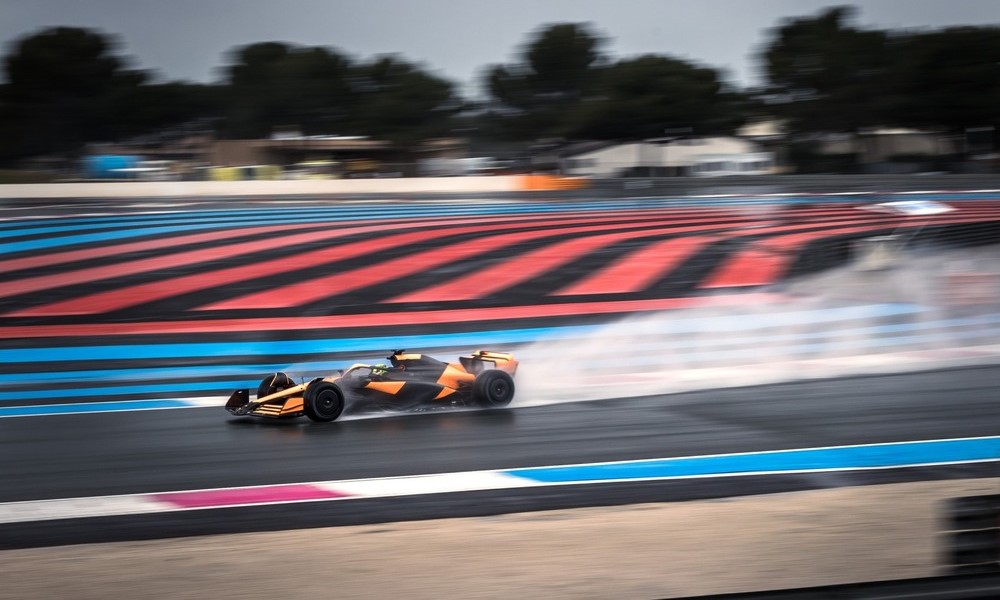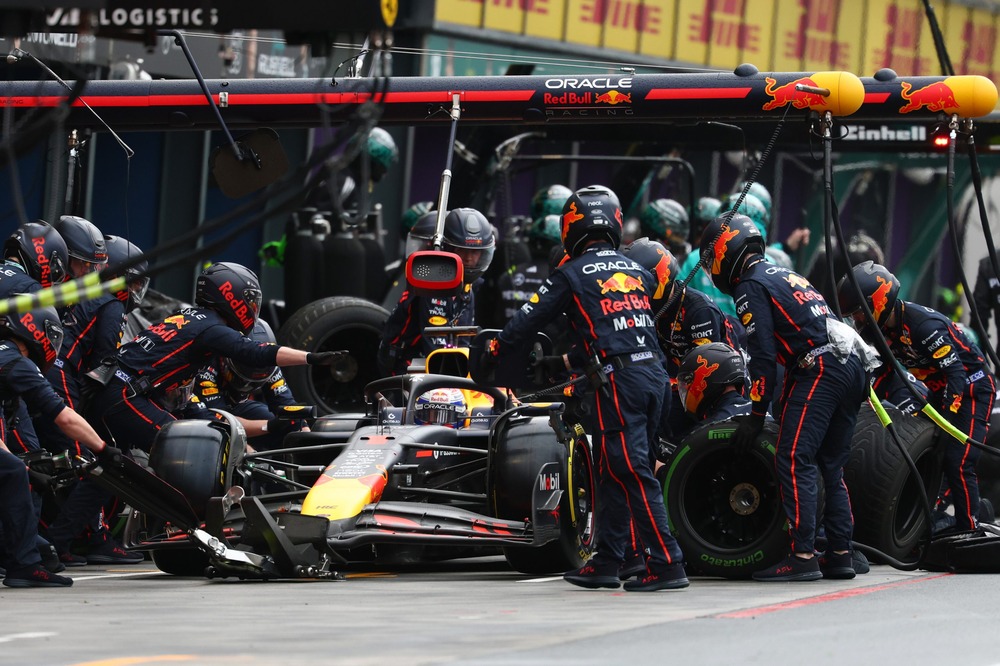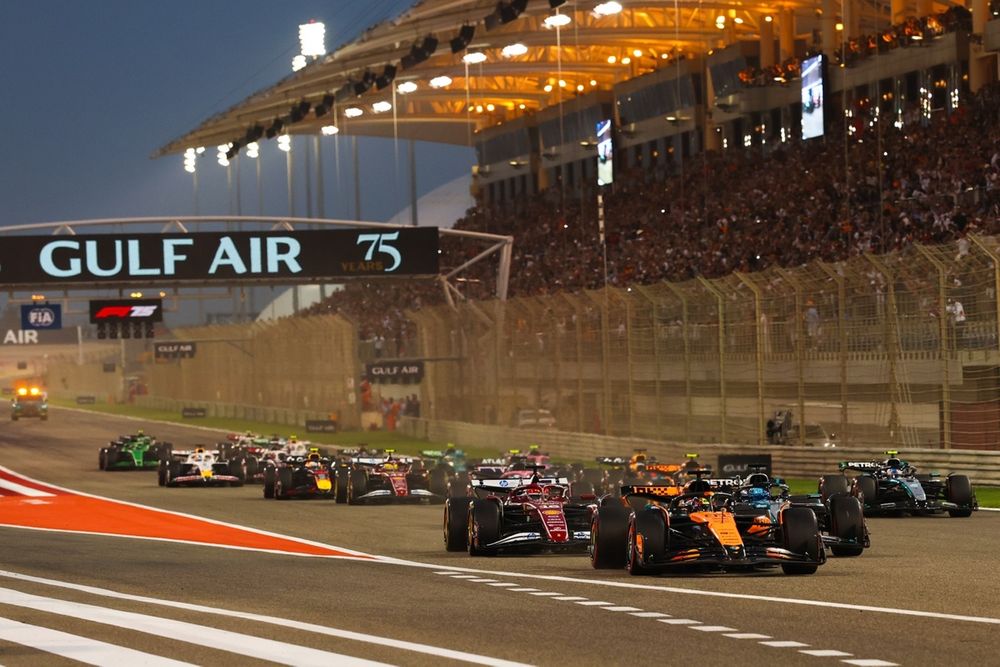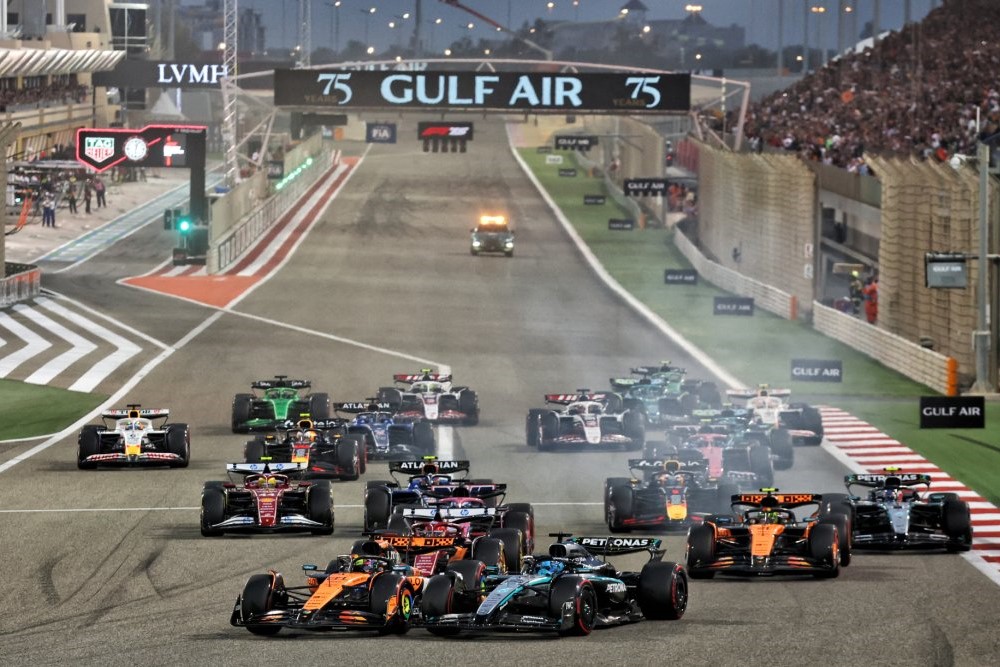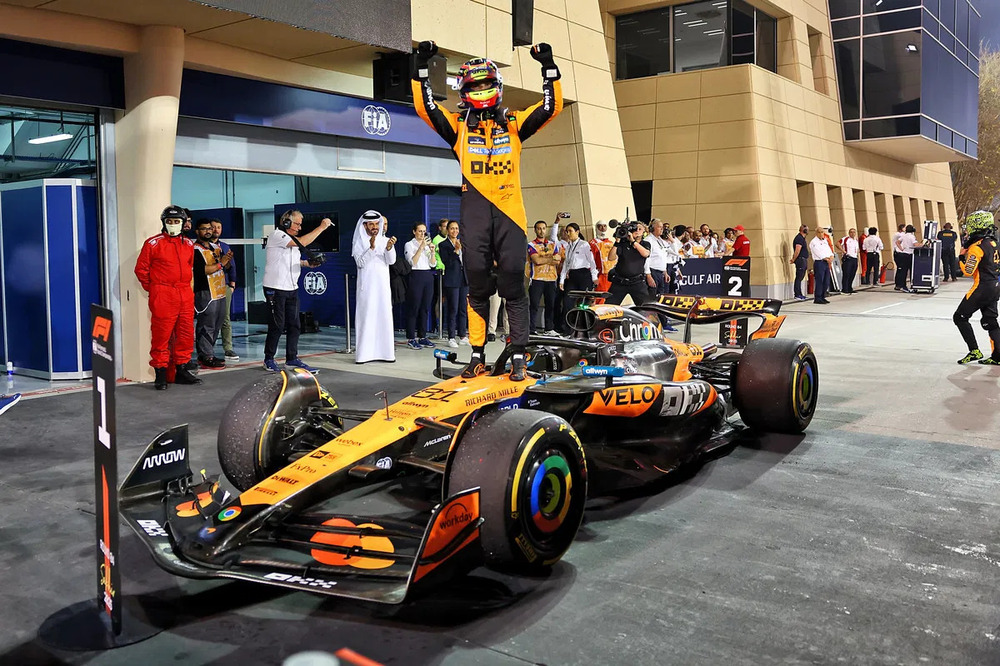McLaren Racing completed the first Pirelli 2026 F1 wet tyre test at the Circuit Paul Ricard in France.
The test session marked an important milestone in the ongoing development of next-generation tyres, as teams prepare for significant regulatory changes set to take effect in 2026 F1.
The first Pirelli 2026 F1 wet tyre test took place over two days with McLaren drivers Oscar Piastri and Lando Norris behind the wheel gathering crucial data that will influence the design and performance of the new tyre compounds.
Oscar Piastri kicked off the testing session on Friday, however, he faced challenging conditions as the morning temperatures plummeted to a chilling -2 degrees Celsius, which hindered his ability to complete the planned number of laps.
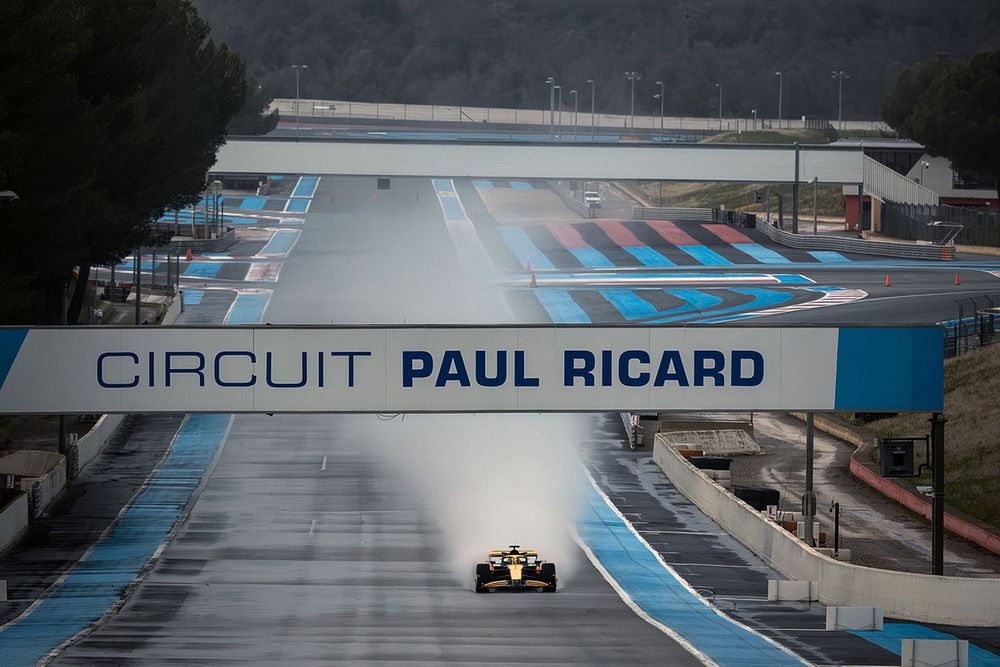
Despite the challenges Piastri demonstrated resilience and adaptability. By the afternoon, conditions improved, allowing him to complete a total of 120 laps with a best lap time of 1:07.008.
Notably, his time was recorded on a modified layout of the Circuit Paul Ricard that differs from the traditional configuration used in previous French Grands Prix.
The following day Lando Norris took over driving duties and continued the Pirelli 2026 F1 wet tyre test focused on both full wet and intermediate tyre compounds. He managed to cover 123 laps during his stint, achieving a best time of 1:07.956.
The weather remained unpredictable with intermittent rain affecting track conditions. To ensure accurate data collection, Pirelli utilized artificial sprinklers and water tankers to simulate wet conditions effectively.
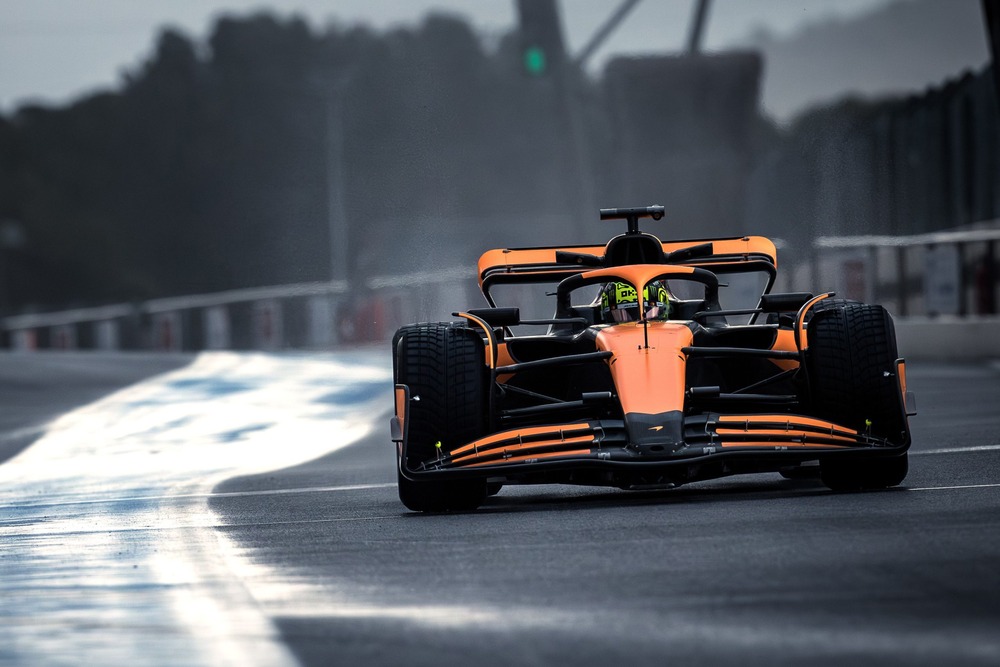
This approach allowed for a more controlled environment in which to evaluate the tyre performance under varying levels of moisture.
READ ALSO: FIA introduces new rules allowing 2026 F1 mule car testing
Pirelli’s Director of Motorsport, Mario Isola, characterized the Pirelli 2026 F1 wet tyre test as highly beneficial. He noted that the initial test was just one part of a broader development strategy that will unfold throughout the year as teams gear up for the upcoming season and the regulatory changes ahead.
“The first test session of 2025 proved very useful,” Isola said. “When testing wet weather tyres it’s not easy to consistently reproduce the same track conditions to get reliable data, but over these past two days we were able to acquire plenty of information that will be vital when it comes to defining the new intermediate and extreme wet tyres.
“It’s going to be a very busy start to the season for those of our engineers working on development: after the Pirelli 2026 F1 wet tyre test at Paul Ricard, we have a further two test sessions in the coming two weeks. Both of them are in Spain and will focus on dry weather tyres.”
The significance of these tests cannot be overstated. The 2026 season is poised to introduce not only new tyre specifications but also comprehensive changes to power unit and chassis regulations.
While the new tyres will maintain an 18-inch diameter—consistent with current models—the width and external diameter will be slightly reduced on both front and rear axles.
This adjustment aims to improve performance characteristics while aligning with F1’s ongoing commitment to sustainability and efficiency.
As part of their commitment to continuous improvement, Pirelli has scheduled additional tests throughout February. McLaren and Ferrari are set to participate in further sessions at the Circuit de Barcelona-Catalunya on February 4-5, followed by tests at Jerez de la Frontera on February 12-13.
These sessions will focus primarily on dry-weather tyres but will continue to build upon the foundation laid during the wet-weather tests at Paul Ricard.

